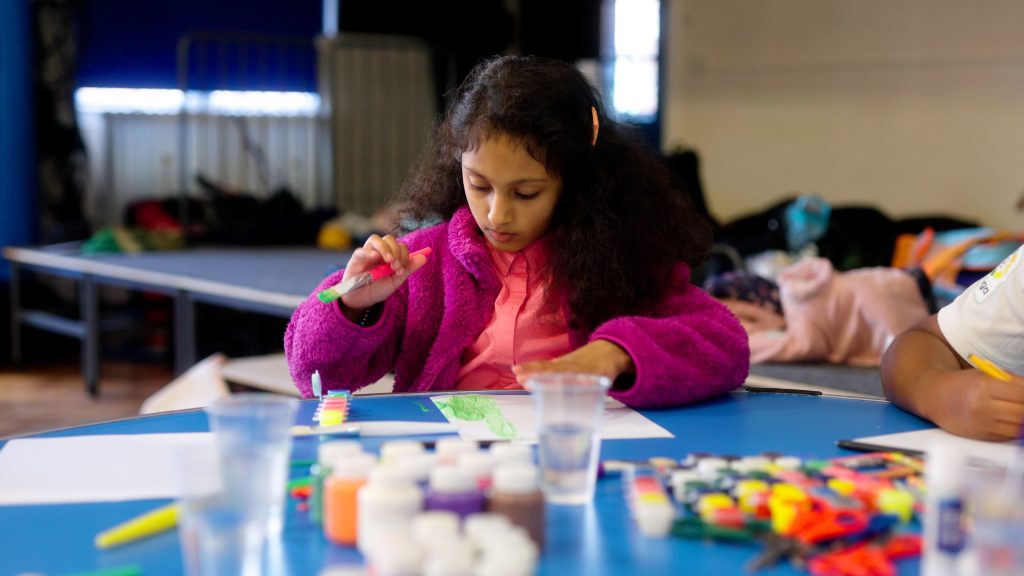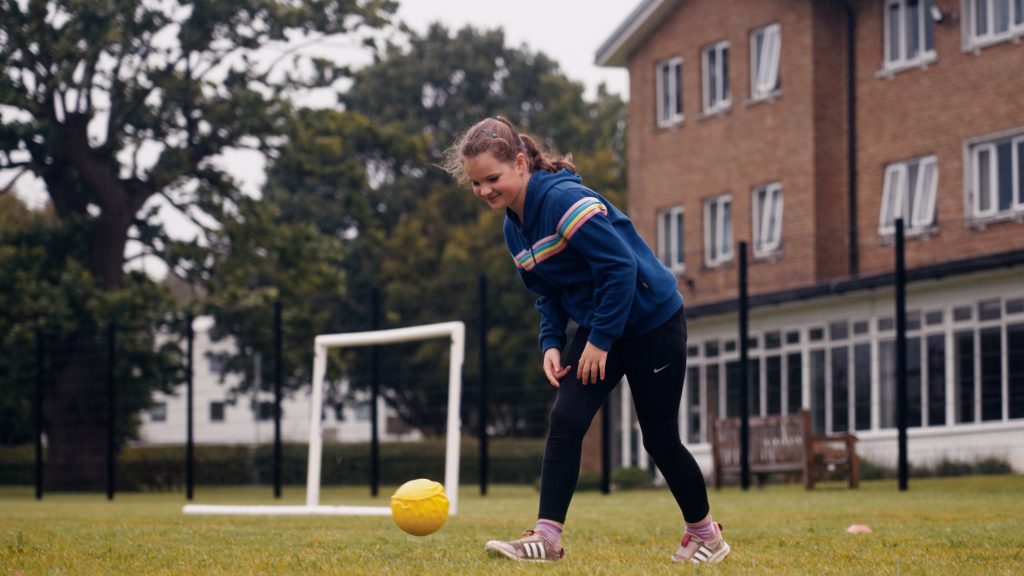Wraparound care funding – what schools need to know
The subject of wraparound care continues to be a key priority for primary schools this year, as plans to provide all primary-aged children with access to this type of childcare are put in motion.
With some important updates and announcements already happening this year – particularly regarding funding – we thought we’d pull together a summary of what’s been going on, what you need to know, and more importantly, what you need to do next.
A quick re-cap
As part of the March 2023 budget, it was announced that £289 million would be allocated to ensure term-time wraparound care is available for all primary school-aged children. This is to support working parents, making sure they have childcare available to allow them to work full-time and flexible hours.
The provision of wraparound care can be provided by schools, childminders or by private, voluntary and independent providers (PVIs), and can be run within the school site, or off-site at a separate setting. However, it should be noted that parents must not be needed to pick children up to drop them at a different setting.
From September 2024, the government wants parents to see an increase in wraparound care availability, and by September 2026, roll-out of the programme should be complete.
What are the objectives of the programme?
- The main objectives are to address barriers relating to affordability, availability and quality of wraparound care
- To provide parents and carers with a trusted solution, enabling them to work
- To ensure each local area is meeting its demand for wraparound care and can increase the supply of wraparound care places without needed to fill 100% of the places from the start
- By allocating dedicated funding to establishing wraparound care, it removes the financial risk of setting up a new provision when demand is not guaranteed
- To create a sustainable market with flexible models for delivery.

What is the funding for?
The funding covers the first two academic years, and is specifically designed to fund the set up or expansion of wraparound care to meet any existing unmet demand.
Essentially, the funding should be used to:
- Expand an existing provision. Create additional places where the current demand isn’t being met. Extend the hours that the provision is available – unless data shows that existing hours suit demand for the area.
- Create a new provision. Establish a facility where there is none, currently. The provision should run from 8am-6pm.
The aim is that beyond the initial two year time period (2026 and beyond) the majority of provisions will be self-sufficient, and will be funded by parent payments.
How does the funding work?
The funding will be distributed via local authorities, who are responsible for leading the programme locally. However, it’s schools who are central to the delivery of the scheme, and you’ll be responsible for making sure parents know how and where to access wraparound care even if you are not delivering directly.
Before funds are allocated, schools are required to demonstrate that there is a supply or demand issue, recommend the most effective delivery model and indicate costs associated. The local authority will review what’s put forward by the school and grant funding if they deem it a viable solution.
There are two types of funding available, capacity funding and programme funding, as well as capital funding.
Capacity funding ensures local authorities are fully prepared to lead this initiative. It covers costs relating to employing staff members, mapping provision and preparing for delivery.
Programme funding refers to the funding provided to local authorities to deliver the programme’s objectives.
Capital funding is provided separately and is to make any changes to facilities or buildings to make them fully inclusive and fit for purpose.

What can the programme funding be used for?
- Staffing
- Training
- Transport costs
- Resources
- Running costs while demand builds
What are the different delivery models?
It will be up to you, the school, to decide which delivery model is most suited to your demand and your school.
The options are:
- A school-led provision provided on the school site, by staff
- A private provider-led provision, held either on or off the school premises
- Community or cluster model
- Childminders
- Early years providers

What are the next steps for schools?
- Work with your local authority as they start to map and predict demand. As well as using existing data on childcare provision in the area, they will likely expect you to survey parents at your school to gain further insight into wraparound childcare demand and expectation. As part of this, it’s also important to understand the current wraparound provision in your area. Your local authority will be able to help with this.
- Once supply and demand mapping has taken place, you’ll need to consider which delivery model would be most effective for your locality.
- After funding allocations have been made, you’ll need to work with your local authority to establish a new wraparound care provision, or expand an existing one.
- If you’ve chosen to run the facility at your school, internally, please see our Ultimate Guide to Wraparound Childcare for practical help and advice on establishing a quality provision.
- Promote the availability of the new or expanded provision to parents and carers.
- Communicate to parents that childcare funding such as tax-free childcare or universal credit support can be used to help fund wraparound care.
- Further, more detailed guidance can be found here
We can help you to navigate the challenges of wraparound care, and have a free webinar and downloadable Guide to provide help and advice.

